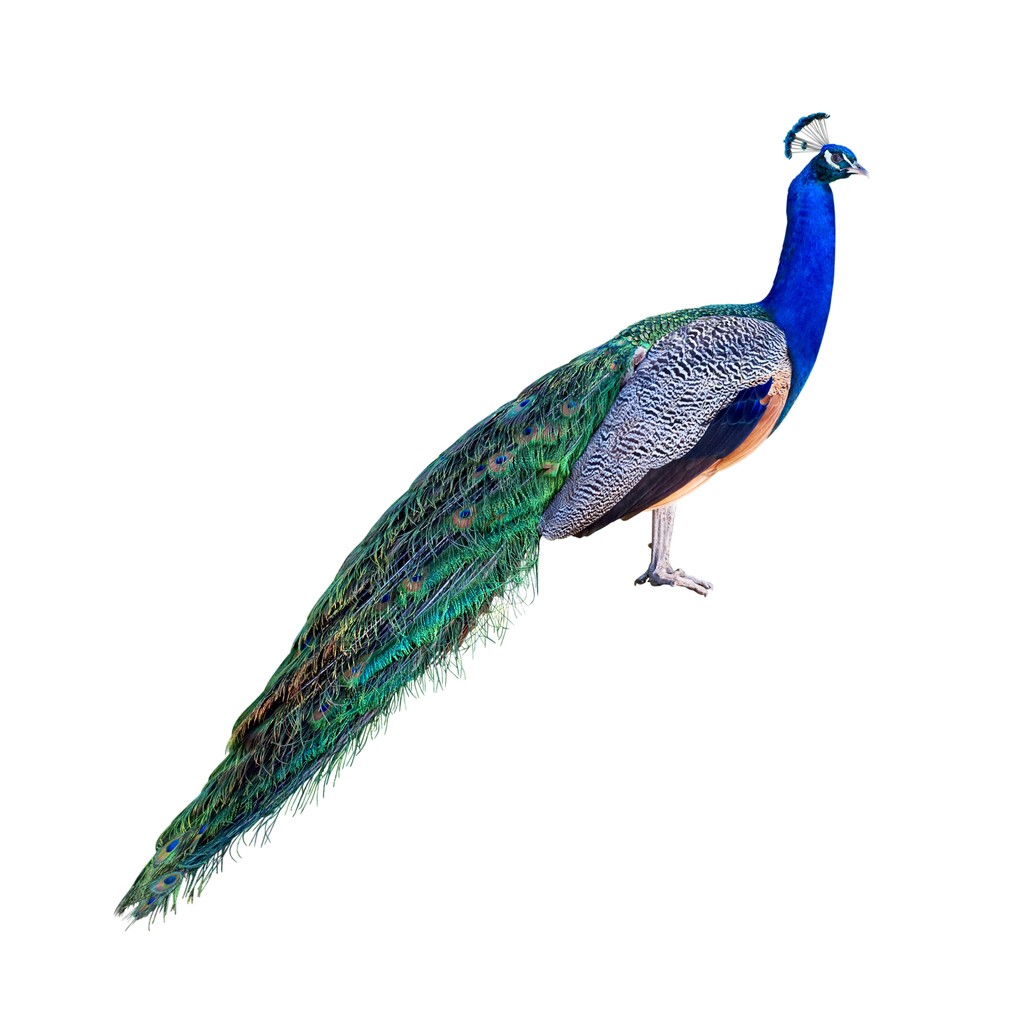Indian Peafowl
A species of Peafowl, Also known as Indian Peacock, Peacock, Peafowl Assortment, Peach Pied Peafowl, White Peafowl Scientific name : Pavo cristatus Genus : Peafowl
Indian Peafowl, A species of Peafowl
Also known as:
Indian Peacock, Peacock, Peafowl Assortment, Peach Pied Peafowl, White Peafowl
Botanical name: Pavo cristatus
Genus: Peafowl
Content
Description People often ask General Info

Description
The male indian Peafowl displays a stunning, fan-like tail which has an important role in courtship rituals. Native to the Indian subcontinent, this spectacular bird has been domesticated worldwide as an ornamental bird. Even wild in its native region, it acts quite tame and comfortable with humans. The indian Peafowl is the national bird of India.
Size
2 m
Life Expectancy
15-20 years
Nest Placement
Ground
Feeding Habits
Indian Peafowl are omnivores and consume a variety of seeds, fruits, insects, small mammals, and reptiles. Their foraging behavior includes eating fallen Zizyphus berries in forests and various crops like groundnuts and tomatoes near farmlands. Indian Peafowl exhibit caution when encountering snakes, avoiding larger ones.
Habitat
Indian Peafowl predominantly inhabits broadleaf forests, including both moist and dry-deciduous types, favoring areas near water. Its adaptable nature allows it to thrive in a variety of subtropical and tropical environments, extending to elevations of 2000 meters. Habitats range from open woodlands to dense scrub lands near streams, often intertwined with human-influenced landscapes such as agricultural areas and the outskirts of urban zones.
Dite type
Omnivorous
People often ask
General Info
Feeding Habits
Bird food type
Behavior
Peafowl are best known for the male's extravagant display feathers which, despite actually growing from their back, are thought of as a tail. Peafowl forage on the ground in small groups, known as musters, that usually have a cock and 3 to 5 hens. They tend to stay in cover during the heat of the day. They are fond of dust-bathing and at dusk, groups walk in single file to a favourite waterhole to drink. When disturbed, they usually escape by running and rarely take to flight. 
Distribution Area
Indian peafowl is a resident breeder across the Indian subcontinent and inhabits the drier lowland areas of Sri Lanka. In the Indian subcontinent, it is found mainly below an elevation of 1,800 m (1.1 mi) and in rare cases seen at about 2,000 m (1.2 mi). Besides its native habitat, the bird has been introduced in many other parts of the world and has become feral in some areas. 
Species Status
Indian peafowl are widely distributed in the wild across South Asia and protected both culturally in many areas and by law in India. Conservative estimates of the population put them at more than 100,000. Illegal poaching for meat, however, continues and declines have been noted in parts of India. 

